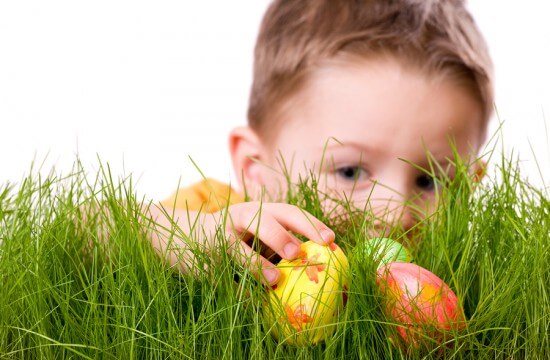
When you think about Easter, what comes to mind? There are the religious observances, and the reasons that Easter is celebrated; however, when most people think of Easter, the Easter Bunny and Easer eggs come to mind. Bunnies and eggs? What do they have to do with the resurrection of Christ? Let’s look at the origins of Easter eggs, and why they are part of Easter.
First, let’s take a look at where most of the Easter traditions came from. Most of the customs that make up Easter were derived from other celebrations and holidays that fell near the date of the resurrection of Christ. Pope Gregory the Great told missionaries that as they converted people to Christianity, in order to ease the transition to their new faith, the missionaries needed to make absorb as many of the sites, festivities and customs of the people they converted as possible. Because Christ’s resurrection fell near the Spring Equinox, there were a multitude of traditions and observances to choose from.
The pagan celebration of the Spring Equinox, held on March 21st, was a feast celebrating and worshipping Eostre, the German goddess of springtime and fertility. Her symbol is the spring hare because it is believed she is a rabbit in her earthly incarnation. Eggs were also one of her symbols. The egg, a universal symbol for the start of new life, symbolizes the spring, when new life begins and flowers bloom. This coincides with Easter, the resurrection of Christ, thus the egg works well as a symbol for the Christian holiday during spring as well. When the missionaries converted the German Anglo-Saxons, the missionaries incorporated the symbols and festivities surrounding the Anglo-Saxon pagan celebrations into their Christian observances.
Why do we decorate Easter eggs? Simply, because decorating eggs was part of another tradition that was celebrated near when Christ was resurrected. The New Year’s celebration of the ancient Zoroastrians falls on the Spring Equinox. One of the traditions for the Nowrooz celebration is painted eggs. The Zoroastrians had painted eggs for centuries for the people to carry and present to the king. The egg, which symbolizes the start of new life, was given to the king to show loyalty. As the decorated egg was part of the Spring Equinox tradition, and since it falls so near the Christian Easter celebration, the tradition was adopted.
The Easter egg tradition is a melting pot of various customs, cultures and religious traditions. While it may not mean the same things to those celebrating Easter today, and while it has changed and become more commercialized over the years, the tradition remains the same. The children of German immigrants to America would build nests for the Easter Bunny , if they were good, the Easter Bunny would lay brightly colored eggs in their nests. Thus, the tradition of Easter eggs began.
